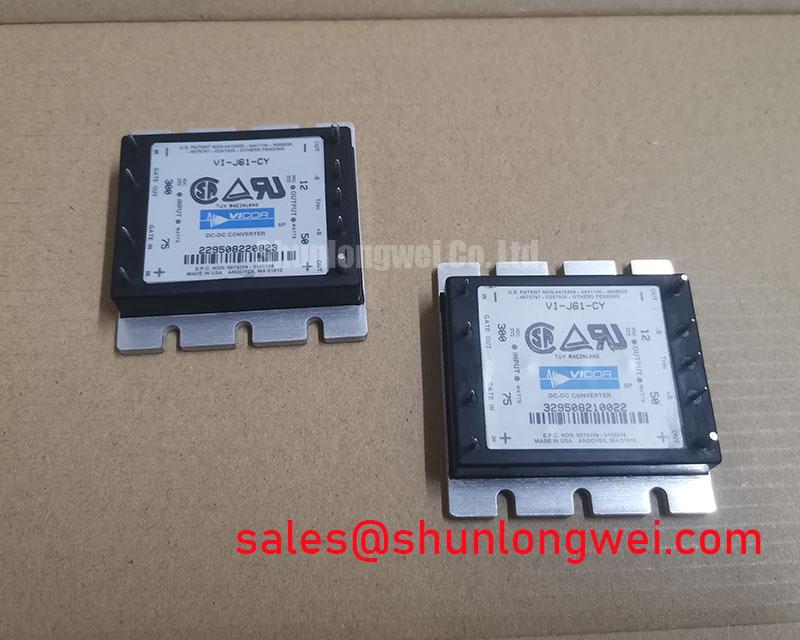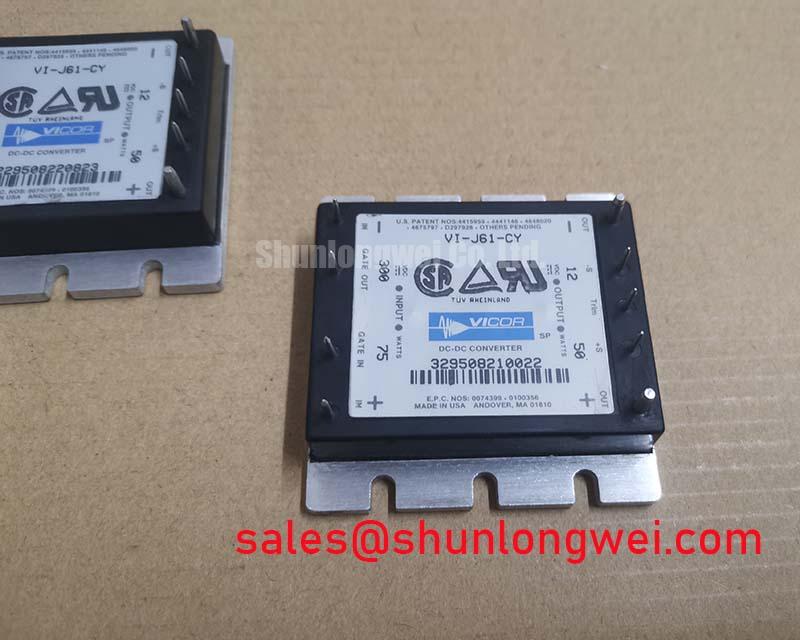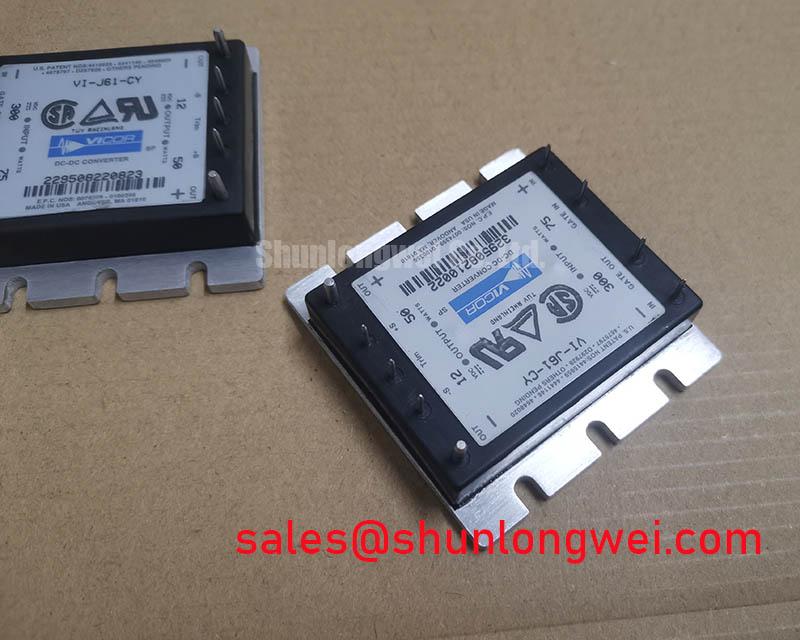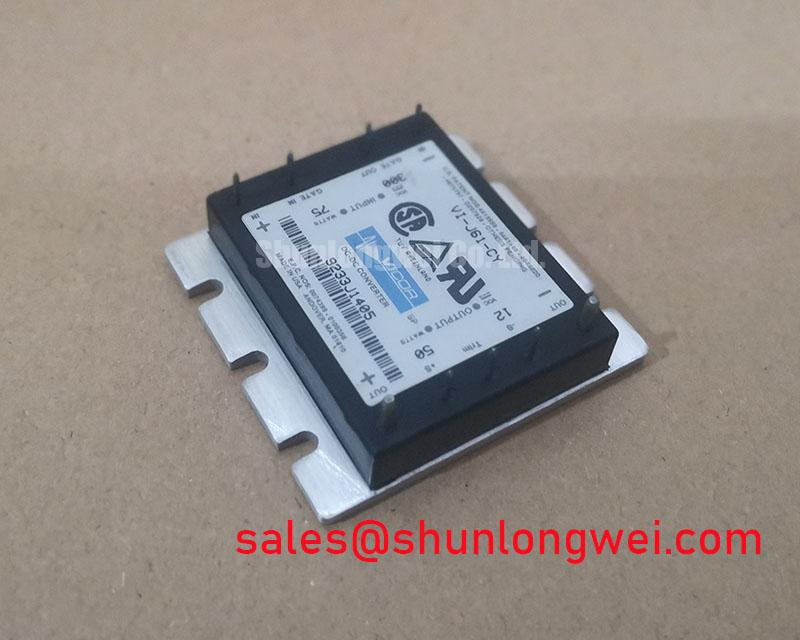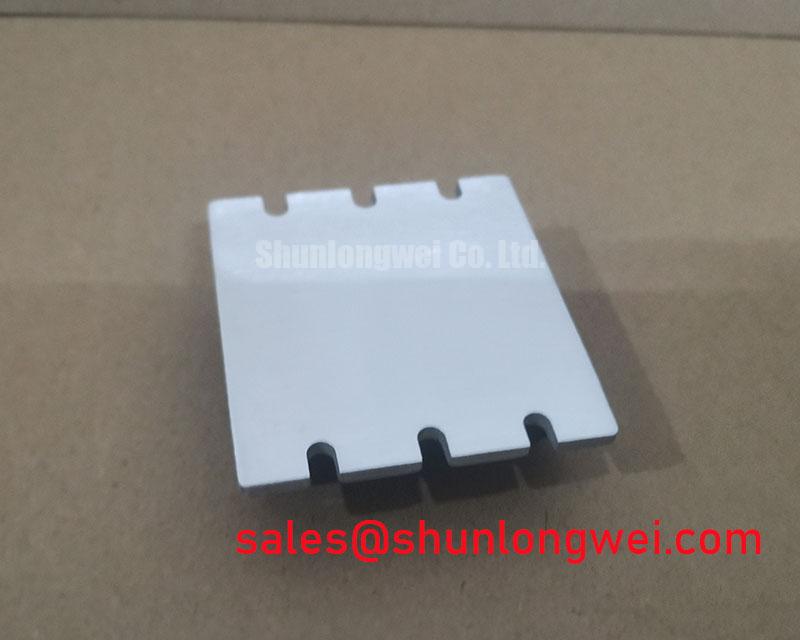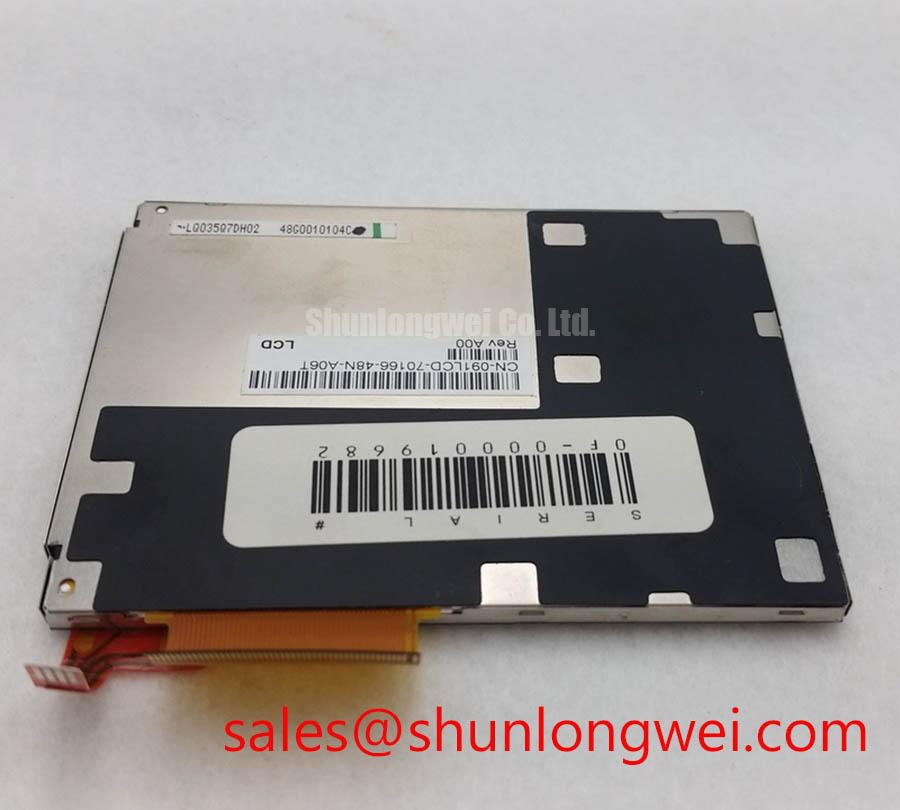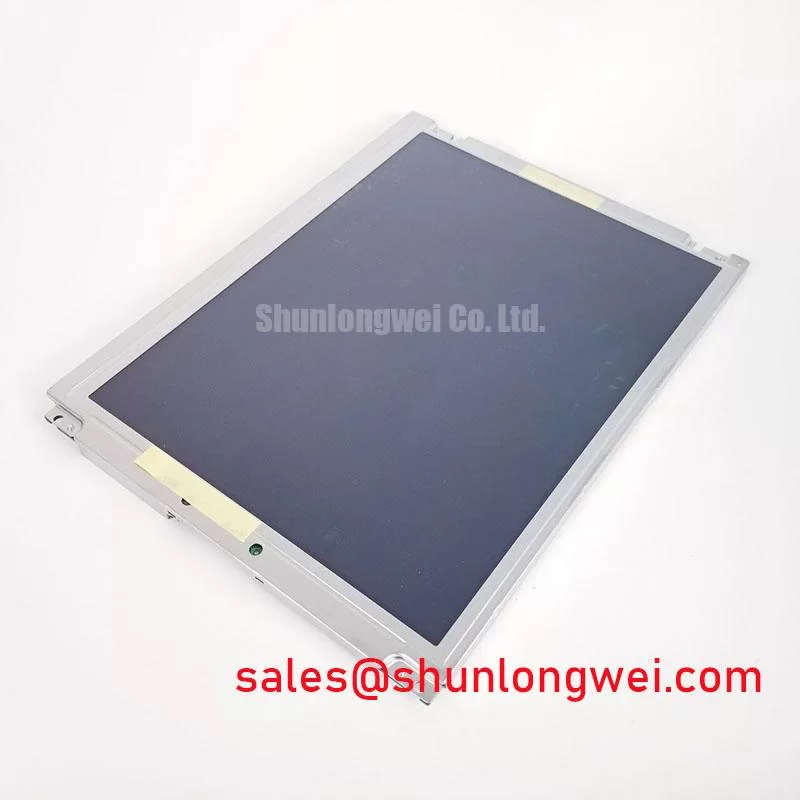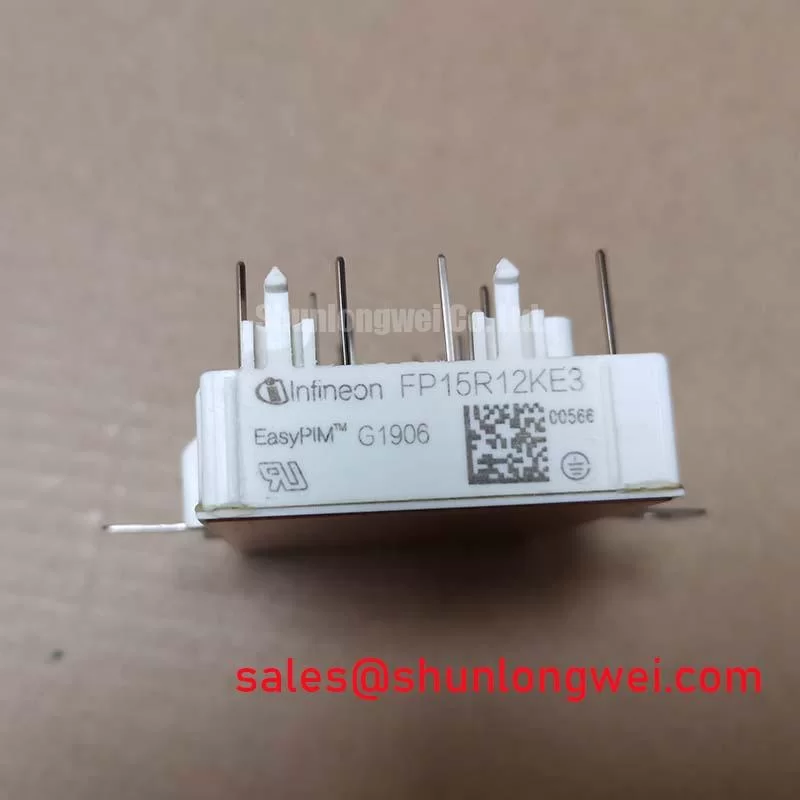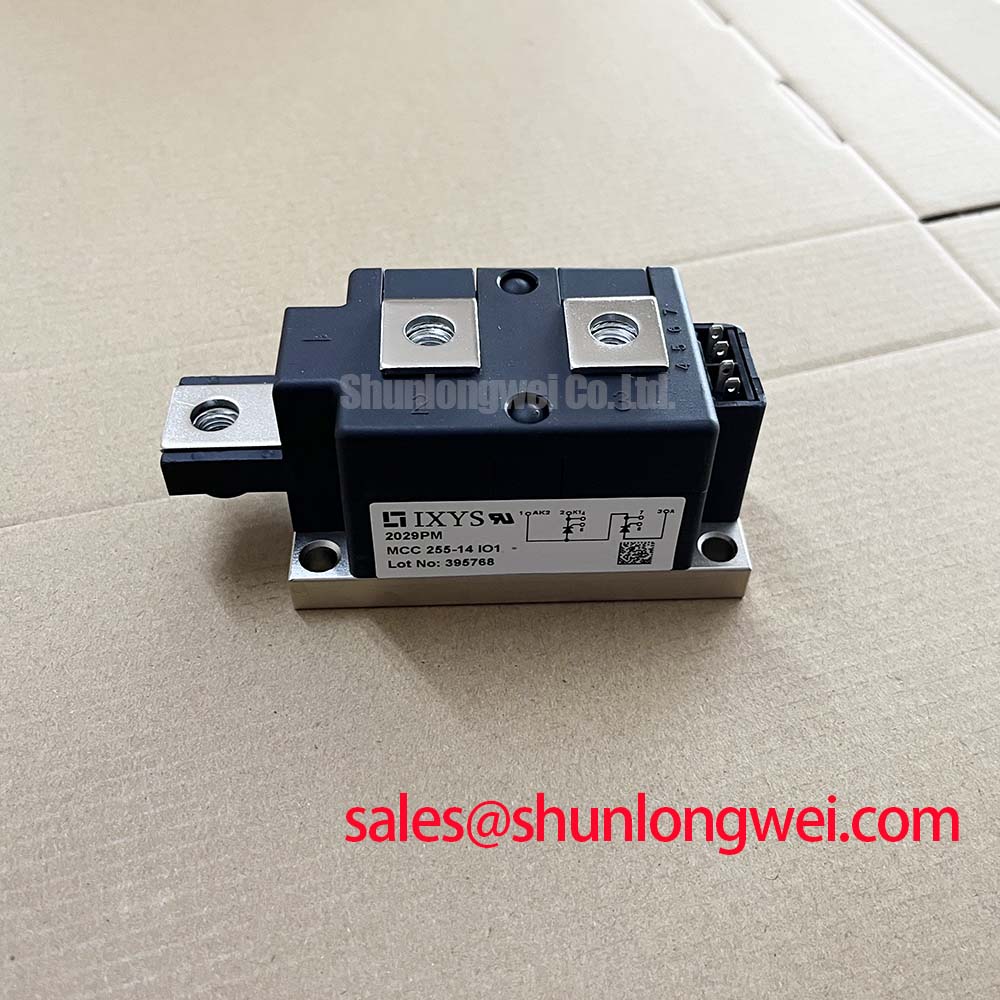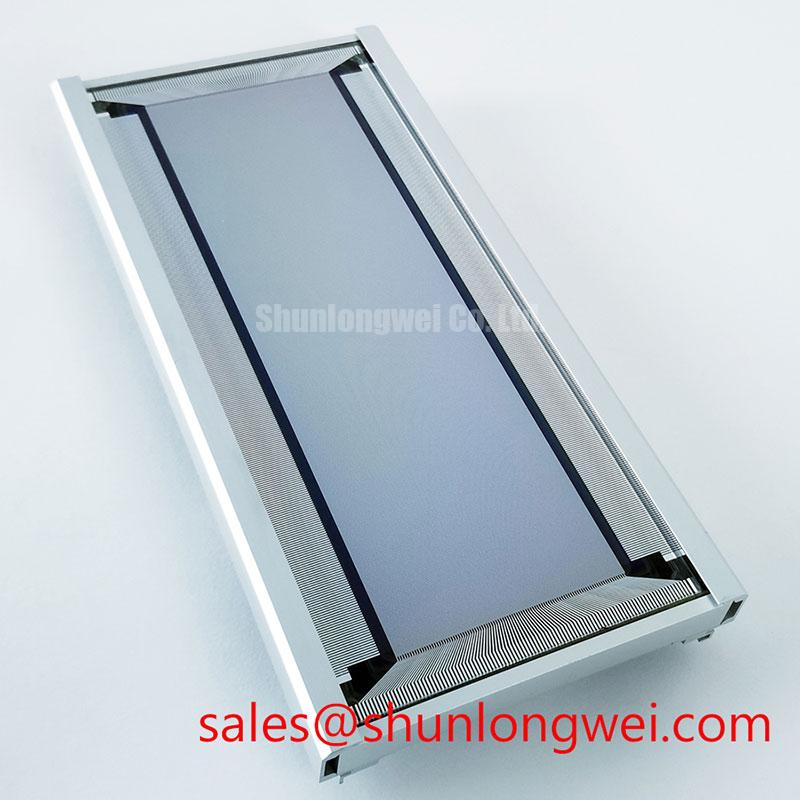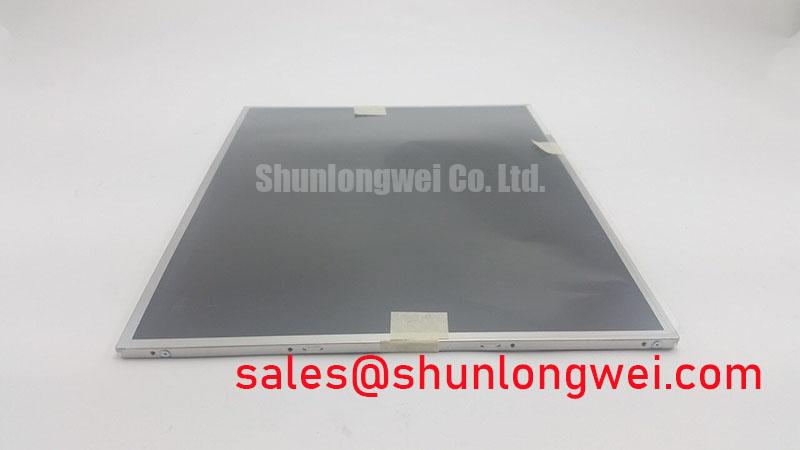Vicor VI-J61-CY: Engineering Grade DC-DC Converter Module
Introduction: High-Density Power for Demanding Environments
A Compact Powerhouse Delivering Reliability Under Pressure
The Vicor VI-J61-CY is a high-density, 50W board-mountable DC-DC converter module designed for exceptional reliability in thermally challenging applications. It provides a tightly regulated 5V output from a wide-range DC input, combining Vicor's proven zero-current switching topology with a ruggedized mechanical package. Key specifications include: 180V–375V Input | 5V Output | 50W Power. This module delivers two primary engineering benefits: superior thermal performance and high power density. For engineers designing systems with wide input voltage fluctuations, such as those in industrial or off-grid applications, the VI-J61-CY's extensive 180-375V input range provides a robust and stable power solution. For power systems requiring a compact, 50W 5V rail in a thermally challenging industrial environment, the VI-J61-CY is the optimal choice.
Application Scenarios & Value
Achieving System-Level Benefits in Industrial and Ruggedized Electronics
The VI-J61-CY excels in applications where both space and effective thermal management are critical design constraints. Its value is most evident in building a robust Distributed Power Architecture (DPA), where power converters are placed close to their loads to improve transient response and reduce line losses. The module's design directly addresses common engineering challenges in these environments.
- Industrial Automation: In factory automation and process control systems, the VI-J61-CY's wide operating temperature range (-40°C to 100°C) ensures dependable operation of PLCs, sensors, and actuators, even when mounted in enclosed, non-ventilated cabinets where ambient temperatures can rise significantly.
- Telecommunications Infrastructure: For remote telecom installations powered by battery backup systems, the module's wide input voltage range accommodates the voltage droop that occurs as batteries discharge, ensuring continuous, stable power to critical communication hardware.
- Avionics and Transportation: The module's high-density footprint and rugged, encapsulated construction make it suitable for auxiliary power rails in transportation and avionics systems where reliability under shock and vibration is paramount. The flanged baseplate allows for direct, efficient conduction cooling to a chassis or heatsink, a vital feature in sealed enclosures.
While this model is optimized for 50W applications, systems with similar input voltage requirements but needing higher power output could evaluate the related PM100CSD120, which offers a 100W power rating.
Key Parameter Overview
Decoding the Specs for Enhanced Thermal Reliability
The technical specifications of the VI-J61-CY are tailored for high-reliability power conversion. The table below highlights key parameters and interprets their direct value in system design, reflecting the "specs + value" approach for practical engineering assessment.
| Parameter | Value | Engineering Value & Interpretation |
|---|---|---|
| Input Voltage Range | 180 – 375 VDC | System Robustness: Accommodates significant input fluctuations from unregulated DC sources or battery systems, simplifying front-end protection design. |
| Output Voltage (Vout) | 5 VDC | Logic-Level Power: Provides a standard, stable voltage rail for microcontrollers, FPGAs, and other digital logic circuits. |
| Output Power (Pout) | 50 W | High Density: Delivers significant power from a compact module, enabling smaller end-product designs. |
| Efficiency | 81% (Typical at full load) | Thermal Efficiency: High efficiency minimizes waste heat generation, reducing the load on the system's thermal management solution and lowering operating costs. |
| Operating Temperature (Case) | -40°C to +100°C | Environmental Resilience: Ensures reliable startup and operation in extreme cold and high-heat industrial or outdoor environments. |
| Isolation Voltage (Input to Output) | 3000 VRMS | Safety & Noise Immunity: Provides a high degree of electrical isolation, critical for safety compliance and breaking ground loops in complex systems. |
| Thermal Resistance (Case-to-Sink) | 0.5 °C/W | Efficient Heat Transfer: A low thermal resistance is like a wide-open door for heat. It ensures waste heat moves efficiently from the module's case to the heatsink, keeping the internal components cool and extending the converter's lifespan. |
For a complete list of specifications, electrical characteristics, and application notes, please Download the VI-J00 Family datasheet for detailed specifications and performance curves.
Technical Deep Dive
A Closer Look at the Zero-Current Switching Topology
At the core of the VI-J61-CY's performance is Vicor's proprietary quasi-resonant, zero-current switching (ZCS) topology. Unlike conventional hard-switching Pulse Width Modulation (PWM) converters that turn transistors on and off while significant current is flowing, ZCS intelligently times the switching events to occur at the zero-crossing of the current waveform. This seemingly simple change has profound engineering implications.
Think of it like shifting gears in a car. A hard-switched converter is like forcing a gear change without using the clutch—it's abrupt, creates mechanical stress (electrical noise), and wastes energy (heat). In contrast, the ZCS topology is like a perfectly timed clutchless shift by a professional driver; the transition is smooth, efficient, and generates minimal stress. This results in significantly lower switching losses, which is why the VI-J61-CY can achieve high efficiency even at its high internal operating frequency (up to 2 MHz). This high frequency is the key to its excellent power density, allowing for the use of much smaller magnetic components and capacitors, akin to packing more power into a smaller suitcase.
Frequently Asked Questions (FAQ) about the VI-J61-CY
What is the primary benefit of the VI-J61-CY's flanged baseplate package?
The flanged baseplate is specifically designed for efficient conduction cooling. It provides a flat, thermally conductive surface that can be directly mounted to a system chassis or heatsink, ensuring a low thermal resistance path for heat to escape. This is crucial for maintaining reliability in sealed or fanless enclosures.
How does the wide 180-375V input range benefit my design?
This range provides significant design margin and flexibility. It allows the converter to operate reliably from a 300V nominal bus while tolerating severe sags (down to 180V) and surges (up to 375V), which are common in industrial environments or systems with long cable runs. This robustness can reduce the complexity and cost of upstream protection and regulation circuits.
What does the 3000 VRMS isolation rating mean for safety and system integration?
This high isolation voltage creates a robust safety barrier between the high-voltage input and the low-voltage 5V output. It is essential for meeting safety standards like UL and IEC, protecting end-users and downstream equipment from potential input-side faults. It also helps eliminate ground loop issues, which can be a major source of noise in sensitive measurement and control systems.
Is the VI-J61-CY suitable for paralleling to increase output power?
Yes, the VI-J00 family modules are designed for parallel operation. By connecting the outputs of multiple modules, you can create a power array for higher current requirements. This modular approach allows for scalability and can also be used to implement N+1 redundancy for fault-tolerant power systems.
How does the module's high efficiency impact the total cost of ownership (TCO)?
Higher efficiency translates directly to lower energy consumption over the product's lifetime. More importantly, it means less waste heat is generated. This reduces the need for large, expensive heatsinks and high-airflow fans, leading to a smaller, quieter, and more reliable end system with a lower overall bill of materials (BOM) and TCO.
An Engineer's Perspective on System Integration
Beyond the Datasheet: Design Considerations
Integrating the VI-J61-CY effectively requires attention to thermal design and layout. The low-profile package and flanged baseplate are clear indicators that this component is engineered for conduction cooling. The specified 0.5 °C/W case-to-sink thermal resistance is an excellent starting point, but achieving this in practice depends on proper mounting: ensuring a flat, clean mounting surface and using a quality thermal interface material are non-negotiable for long-term reliability. Furthermore, the module's high operating frequency, while enabling its compact size, necessitates careful PCB layout. Input and output traces should be short and wide to minimize parasitic inductance and resistance, and proper placement of input/output filter capacitors close to the module pins is critical for managing ripple and EMI performance. By addressing these integration details, an engineer can fully leverage the density and robustness built into the VI-J61-CY module.

